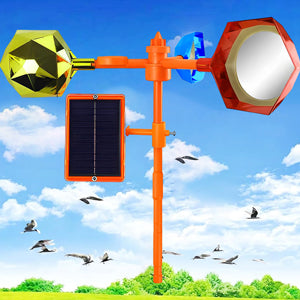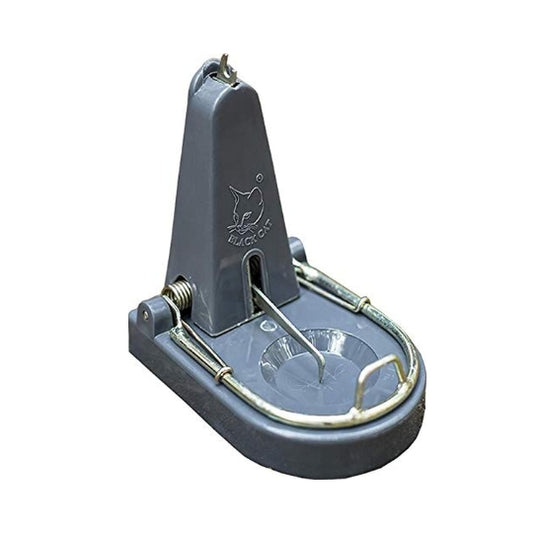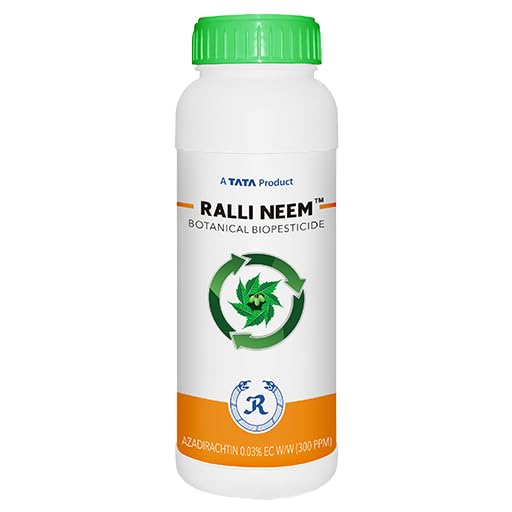Unlocking Agricultural Prosperity: The Power of Crop Rotation in Combatting Weeds, Pests, and Soil Health Challenges
Share
Monoculture, the practice of growing the same crop in a field year after year, can yield adverse consequences concerning weeds, pests, diseases, and soil nutrient balance.
कृषि को समृद्ध बनाने के लिए फसल चक्र के महत्व को समझना और लागू करना होगा!
Weeds are nurtured in monocultures, competing with crops for vital resources like water, nutrients, and sunlight, while simultaneously harboring pests and diseases. Pests and diseases find an ideal breeding ground in monocultures due to the consistent presence of their favored crop, making them harder to manage. Furthermore, monocultures deplete specific nutrients from the soil over time as the same crop continually draws upon these resources, potentially creating imbalances in soil nutrient profiles.
एक चक्रीय फसलों से खरपतवारों, कीटों और रोग कारक जीवों को बढ़ावा मिलता है. उनका प्रसार और जमाव होता है.
To address these issues, crop rotation emerges as an effective solution:
-
Weed Control: Utilizing cover crops like rye or oats during off-seasons effectively suppresses weeds while enhancing soil quality and reducing erosion.
-
Pest Control: Strategic selection of pest-resistant crops can reduce the necessity for pesticides. Certain crops, such as marigolds around tomatoes, can also deter specific pests.
-
Disease Control: Planting disease-resistant crops and those that inhibit soil-borne diseases, like legumes, can diminish the need for fungicides.
-
Nutrient Balance: Diversifying crops with varying nutrient requirements can stabilize soil nutrient profiles. Additionally, crops like legumes contribute by fixing nitrogen in the soil, benefiting other crops.
Crop rotation stands as a critical practice for farmers, enhancing soil health, mitigating pests and diseases, and boosting crop yields.
एक ही भूमि पर क्रमिक रूप से विभिन्न फसलें उगाने से अनेक लाभ मिलते है जैसे मिटटी अधिक उपजावू बनती है, किट रोगों में कमी आती है, उपज बढ़ती है.
Crop rotation involves cultivating different crops sequentially on the same land, yielding several benefits:
-
Improved Soil Health: Diverse crops possess varying nutrient needs and root systems, maintaining a balanced nutrient profile and overall soil health. Differing effects on soil structure and water infiltration contribute to a healthy soil ecosystem.
-
Reduced Pests and Diseases: Crop rotation disrupts the life cycle of pests and diseases, hindering their population growth. Certain crops can also deter these threats; for example, legumes can suppress soil-borne diseases.
-
Increased Crop Yields: Enhanced soil health and reduced pests and diseases result in more productive and healthier plants, ultimately leading to increased crop yields.
Neglecting crop rotation could have detrimental consequences:
Without crop rotation, soil nutrient depletion may lead to diminished crop yields. Furthermore, unchecked pests and diseases can proliferate, causing crop losses and escalating expenses for farmers.
किसान भाई चक्रीय फसल पद्धतियों का चुनाव करे. अगर आपको यहां प्रस्तुत जानकारी पसंद आयी हो तो हमसे सोशल मीडया पर जुड़े रहे.










